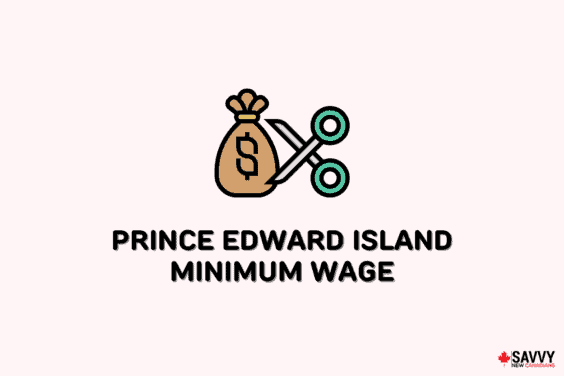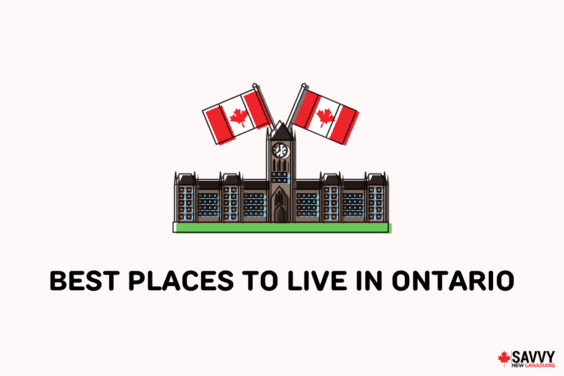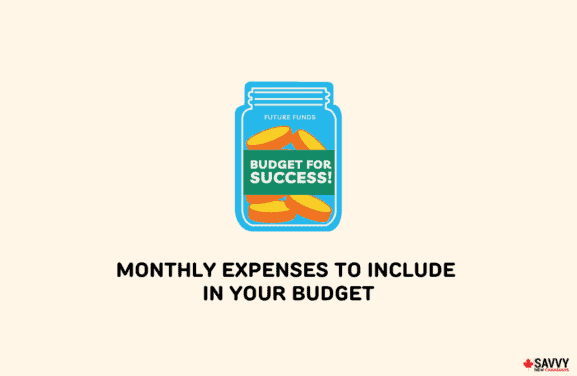After a long pause in hikes, prime rates in Canada are on the move again. As of January 30, 2024, the prime rate is 7.20%. The rate has remained at this level since July 2023.
The prime rate was pegged at 2.45% for a while after the pandemic hit Canada in 2020. The only other time in recent history that the prime rate has fallen below 2.50% was in April 2009, during the thick of the financial crisis.
Since this low in 2020, prime rates have steadily increased and are now the highest they have been for over 20 years.
What is the prime rate in Canada, and how does it impact your wallet? Read on to find out.
What is the Prime Rate?
The prime rate is the interest rate banks and other financial institutions use as a starting point for their variable interest rate products.
Examples of financial products that rely on the prime interest rate include:
- Variable-rate mortgages
- Lines of credit
- Variable-rate personal, business, and car loans
- Home Equity Lines of Credit (HELOC)
- Variable-rate credit cards
How is the Prime Rate Determined?
Banks revise their prime rate based on the Bank of Canada’s policy interest rate, aka “target for the overnight rate” or “key interest rate.”
The overnight rate is what it costs banks to lend money to each other overnight. This rate is set by the Bank of Canada at a level that matches the prevailing monetary policy, level of inflation, and economic performance.
The current target for the overnight rate is 5.00%. Generally, when the overnight rate falls, banks lower their prime rate by the same amount and vice versa.
For example, when the overnight rate was 4.75%, the prime rate was 6.95%. When the overnight rate increased by 25 basis points (bps) to 5.00%, the prime rate also increased to 7.20% (+0.25%).
Analysts wait on the Bank of Canada’s announcements all through the year (eight fixed days) to learn about changes to the key interest rate.
For 2024, the interest rate announcements are set for January 24, March 6, April 10, June 5, July 24, September 4, October 23, and December 11.
Current Prime Rate for Canada’s Banks
The current prime rate for banks in Canada are:
| Bank | Prime Rate |
|---|---|
| TD prime rate* | 7.20% |
| RBC prime rate | 7.20% |
| Scotiabank prime rate | 7.20% |
| CIBC prime rate | 7.20% |
| BMO prime rate | 7.20% |
| National Bank prime rate | 7.20% |
| HSBC prime rate | 7.20% |
| Tangerine prime rate | 7.20% |
Attention is usually directed at how the Big 6 (RBC, BMO, Scotiabank, CIBC, TD, and National Bank) react to a change in the overnight rate and the impact on their published prime rate.
While the banks typically follow in lockstep to adjust their prime rates by an equal amount, this is not always the case.
Impacts of the Prime Rate on Your Finances
The prime rate affects variable rates and your cost of borrowing. Financial products that are immediately impacted include variable-risk mortgages, personal loans, lines of credit, HELOCs, and credit cards with variable APRs.
For example, your bank may advertise a 5-year variable mortgage loan (closed) as Prime – 0.40%. At the current prime rate level of 7.20%, this means your mortgage rate is 6.80% (i.e. 7.20% – 0.40%).
If the overnight rate rises by 25bps to 5.25% and the prime rate becomes 7.45%, your effective variable mortgage rate rises to 7.05% (i.e. 7.45% – 0.40%).
For comparison sake and the same mortgage length, the bank’s variable “open” mortgage rate may be listed as Prime + 1.00%, which is equivalent to an effective mortgage rate of 8.20%.
Compared to fixed interest rate products that stay the same throughout the term, variable rate loan products will rise and fall in tandem with the prime rate.
Banks may also vary the rates they pay on savings accounts when the overnight rate changes. During the recent emergency rate cuts, the savings accounts rates offered by many of the big banks effectively fell to 0%.
This is in line with the monetary policy objective of the Bank of Canada, in which a lower interest rate on loans, mortgages, savings, etc., directly and indirectly, stimulates economic activity when inflation rates fall below target.
Lastly, a change in the overnight rate can affect the exchange rate of the Canadian dollar.
Related: Best mortgage rates in Canada.
Prime Rate History in Canada
Below is a chart showing the history of prime rates in Canada over the last 10 years (hover or click to see rates).
If you are interested, I have also included a table showing how the prime lending rate for Canada’s chartered banks fared during the same time period.
| Date | Bank Prime Lending Rate Canada |
|---|---|
| July 2023 | 7.20% |
| June 2023 | 6.95% |
| January 2023 | 6.70% |
| December 2022 | 6.45% |
| October 2022 | 5.95% |
| September 2022 | 5.45% |
| July 2022 | 4.70% |
| June 2022 | 3.70% |
| April 2022 | 3.20% |
| March 2022 | 2.70% |
| March 2020 | 2.45% |
| March 2020 | 2.95% |
| March 2020 | 3.45% |
| October 2018 | 3.95% |
| July 2018 | 3.70% |
| January 2018 | 3.45% |
| September 2017 | 3.20% |
| July 2017 | 2.95% |
| July 2015 | 2.70% |
| January 2015 | 2.85% |
| September 2010 | 3.00% |
| July 2010 | 2.75% |
| June 2010 | 2.50% |
Related Posts:
- Tangerine TFSA Accounts and Rates
- Best RRSP Savings Account Rates
- Best TFSA GIC Rates in Canada
- RRSP and TFSA Bank Transfer Fees
- Best Scotiabank Savings Accounts
Canada Prime Rate FAQs
The current prime rate in Canada is 7.20%
Yes, chances are that mortgage rates will start falling in 2024 as the Bank of Canada lowers its policy interest rate in the near future. Variable-rate mortgages respond to changes in the prime rate. When the prime rate rises, variable mortgage rates increase, and they drop when the prime rate goes down.
The prime rate is set by banks/lenders and not the Bank of Canada (BOC). Financial institutions base their prime lending rate on the overnight rate set by the BOC. The BOC’s target for the overnight rate is currently set at 5.00%.
The Bank of Canada makes interest rate announcements eight times a year. They can change the overnight rate during these announcements, which impacts the prime rate. The dates for 2024 are January 24, March 6, April 10, June 5, July 24, September 4, October 23, and December 11.




What are ways to monitor changes to the prime rates when one has a variable mortgage? It seems like a starting point is to follow the BOC interest rate announcements (eight times a year), but are there any other reliable sources or apps to follow?
@Cy: I generally just follow the BOC’s announcement. A site like RateSpy may be worth following as well.
Will the prime rate increase or decrease in Sept. 7?
@Julie: It is very likely to rise.